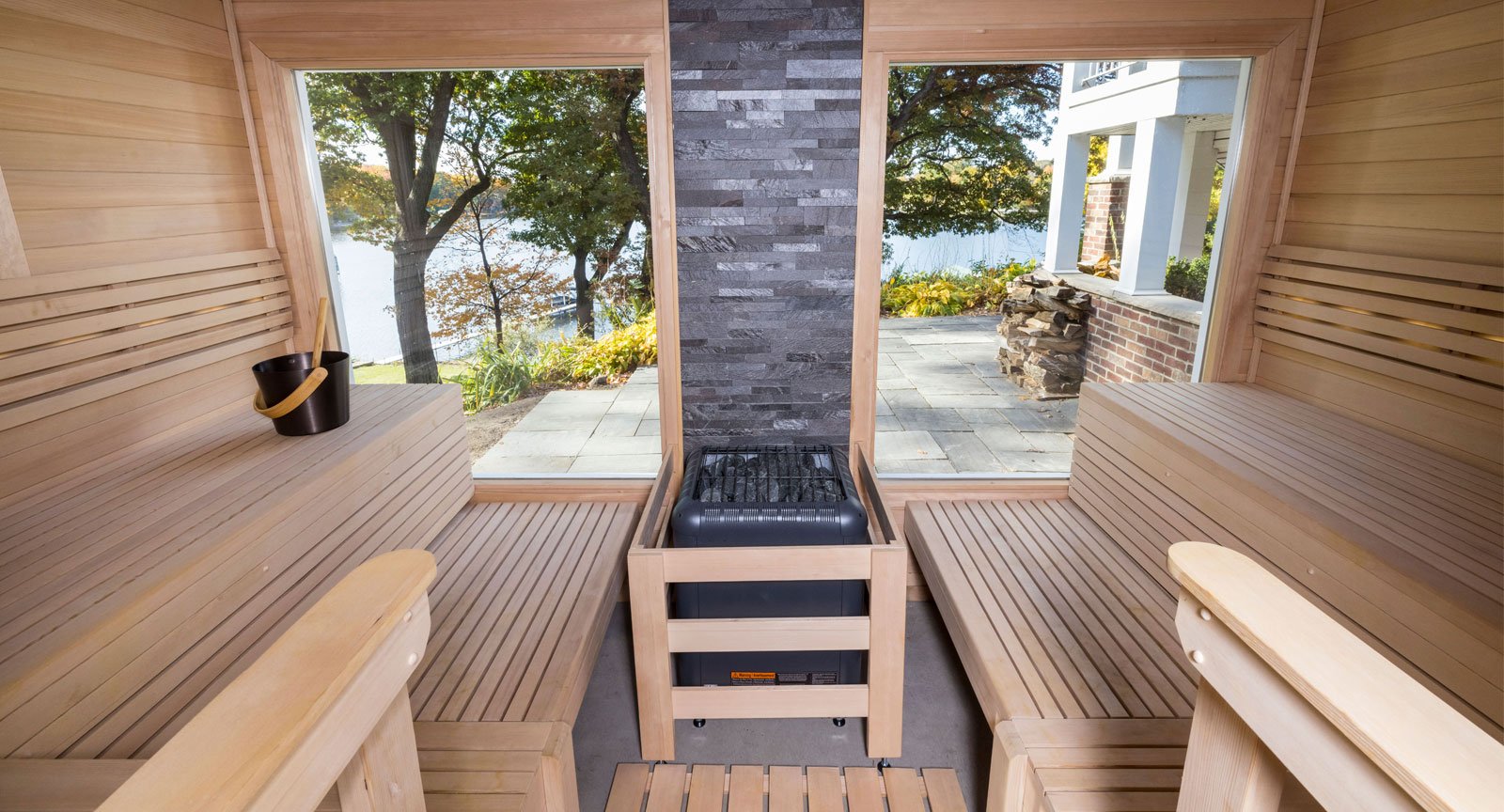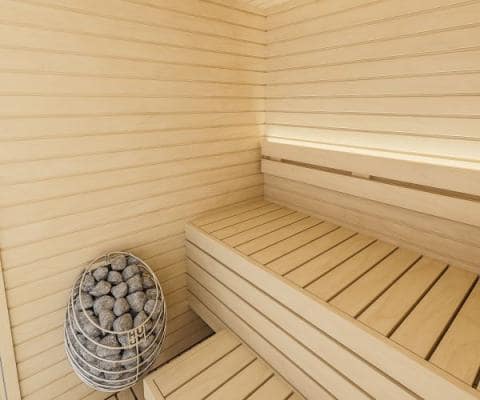Not known Facts About Traditional Sauna
Not known Facts About Traditional Sauna
Blog Article
All About Traditional Sauna
Table of ContentsThe Basic Principles Of Traditional Sauna 10 Easy Facts About Traditional Sauna DescribedNot known Facts About Traditional SaunaSome Known Questions About Traditional Sauna.An Unbiased View of Traditional Sauna
A lot of the weight shed in a sauna is water loss and is re-gained upon rehydrating. Nonetheless, certainly sauna can be a vital part of a healthy weight-loss program. To check out the differences in between typical and IR saunas, I will separate these right into proven, theoretical, and made distinctions.Thus, the best point in the saunawhich goes to the ceiling directly over the sauna heateris usually between 185 and 190 F. Claims that a typical sauna goes beyond 200 F is simply not true and not applicable for electrical saunas sold in the United States. The temperature for a far-infrared sauna is typically set in between 120 and 140 F; nonetheless, unlike the conventional sauna, the objective in and IR room is not to accomplish a high temperature.
Since of this, the temperature level distinction is practically pointless, since profuse sweating causes both sauna types, yet the method of heating up the body is various. In an IR sauna the bather will certainly really feel hot and will certainly sweat a lot, yet at a lot reduced temperature levels (Traditional Sauna). Hence, if the goal is to invest longer time periods in the sauna, the IR sauna is a great selection
When a typical sauna has been effectively warmed, the sauna walls are warm, the air temperature has actually attained established temperature level and the rocks are super heated. As an intriguing side note, the heated walls and the rocks are producing far-infrared warm, incorporated with the warmed air, to develop an "wrapping up warmth".
The Ultimate Guide To Traditional Sauna

When the high temperature is achieved, the aspects cycle on and off to keep the heat. The majority of conventional sauna users appreciate putting water over the rocks to develop vapor to increase sauna moisture levels. The advantages of pouring water over the rocks consist of: making the space a lot more comfortable, moistening the nasal flows, and permitting the use of aromatherapy by mixing important oils with the water.

When the power gets in the body, it creates the body temperature to enhance and eventually leads to sweat. In an infrared sauna it is very important for the emitters/heaters to stay on almost regularly. Because there is no mass of rocks to preserve warmth, the sauna will cool down if the emitters closed off.
As stated above, the sauna bather in an infrared space wishes to position himself in front of running emitters to get optimal advantage from the warmth. The home heating time this link for the 2 areas can be very various, depending upon how the spaces are used. For a traditional sauna, a bather needs to enable 30-40 mins for the room to achieve a desired temperature level and to correctly pre-heat the rocks.
Not known Details About Traditional Sauna
A well constructed sauna will generally attain a temperature level of 150-160 F in regarding 30-40 minutes. For hotter temperatures, the room may need to warmth for a longer period. When the room accomplishes established temperature level, the heater will cycle on and off, generally running about 50% of the moment. The protected walls and the heated rocks will keep the room hot and at secure temperatures.

Conventional saunas tend to be bigger (for this reason utilize even more electrical power) than infrared saunas, although standard saunas are certainly offered in one and 2 article individual dimensions. For a two-person standard sauna, 5x6 or 5x7 size is most popular. The top bench can comfortably seat 2 or 3 people and is additionally enough time to rest during the sauna session.
Traditional Sauna Fundamentals Explained
The typical price per kWH of electrical energy in the U.S. is approximately $0.11, so a 4.5 kW heating system like this will cost about $.50 to run for one hour, if the heating system runs continuously for one hour. Usually a sauna heater will certainly compete 75% of the initial hour and 50% of subsequent hours on since the components cycle once the set temperature level is accomplished.

Finally, there is a seldom gone over distinction in the social experience between both areas. While our society has actually shed a few of the social advantage of the conventional sauna experience, it can be really socially fulfilling (Traditional Sauna). From household time in the sauna, to heart-felt conversations with loved ones, to sauna partiesthe standard sauna experience can result in intimate socializing
Traditional Sauna Things To Know Before You Buy
Many higher end infrared rooms include tinted light treatment, stereo and full-glass fronts. The size of a lot of rooms enable 2 individuals to pleasantly utilize the space, while some designs may allow for a 3rd or fourth person to use the area. Personalized infrared areas are also available, with room sizes offered as much as 7' x 8' x 7' high.
Report this page